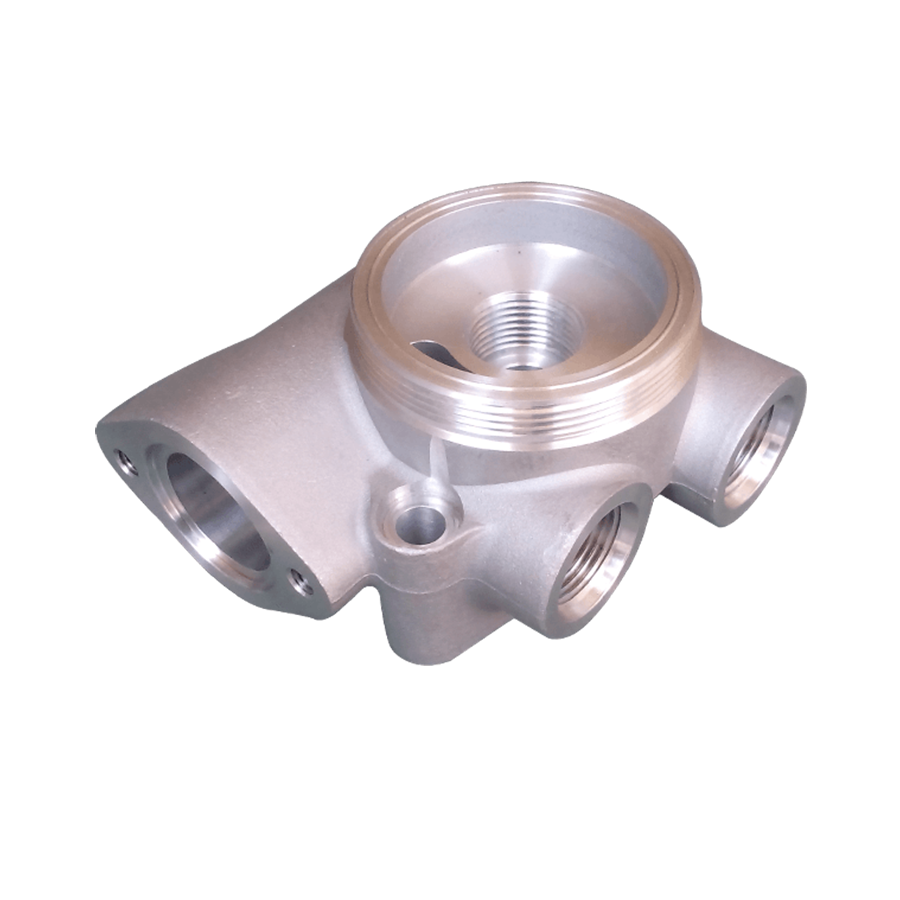Home / News / Industry News / Unlocking the Secrets of Cast Valve Parts: Everything You Need to Know
Unlocking the Secrets of Cast Valve Parts: Everything You Need to Know
Jul.17,2023
Valves play a crucial role in numerous industries, regulating the flow of liquids, gases, and other substances in a controlled manner. These essential components are found in pipelines, refineries, power plants, and various industrial processes. While valves come in different types and designs, cast valve parts are widely used due to their durability and versatility. In this article, we will delve into the secrets of cast valve parts and provide you with everything you need to know about these vital components.
What are Cast Valve Parts?
Cast valve parts are components of valves that are produced through the casting process. Casting is a manufacturing method where molten metal or other materials are poured into a mold and allowed to solidify, resulting in the desired shape and form. This process offers several advantages, including the ability to create complex shapes, high production rates, and cost-effectiveness.
Advantages of Cast Valve Parts:
Strength and Durability: Cast valve parts are known for their strength and durability, making them suitable for handling high-pressure and high-temperature applications. The casting process allows for the creation of robust parts that can withstand challenging operating conditions.
Versatility: Cast valve parts can be manufactured from a wide range of materials, including metals like cast iron, carbon steel, stainless steel, bronze, and exotic alloys. This versatility allows for the selection of materials that are best suited for the specific application, ensuring optimal performance and longevity.
Complex Shapes: The casting process enables the creation of intricate and complex shapes, which may be difficult or costly to achieve using other manufacturing methods. This flexibility in design allows for improved functionality and efficiency of the valve.
Cost-Effectiveness: Casting is a cost-effective manufacturing process, especially for producing large quantities of valve parts. It eliminates the need for extensive machining and reduces material waste, resulting in significant cost savings.
Considerations for Cast Valve Parts:
While cast valve parts offer numerous benefits, there are some considerations to keep in mind:
Quality Control: Proper quality control measures must be in place during the casting process to ensure the integrity and reliability of the valve parts. This includes material testing, dimensional checks, and non-destructive testing methods like X-ray or ultrasonic inspection.
Surface Finish: The surface finish of cast valve parts may not be as smooth as parts produced through machining. Depending on the application, additional finishing processes such as polishing or coating may be required to achieve the desired surface quality.
Design Limitations: The casting process may have some limitations in terms of achieving precise tolerances or thin wall sections. Careful consideration of the design and manufacturing requirements is necessary to ensure the cast valve parts meet the desired specifications.
In conclusion, cast valve parts are integral to the functioning of valves in various industries. Understanding the secrets of these components, including their types, advantages, and considerations, allows for informed decision-making when selecting and implementing valves for specific applications. The versatility, strength, and cost-effectiveness of cast valve parts make them a reliable choice for regulating the flow of fluids and gases, contributing to the smooth operation of industrial processes worldwide.

Casting process:Gravity casting
Approximate weight:1kg
Approximate size:100x90x80
Application:Refrigeration equipment

 简体中文
简体中文 English
English Español
Español Deutsch
Deutsch عربى
عربى

